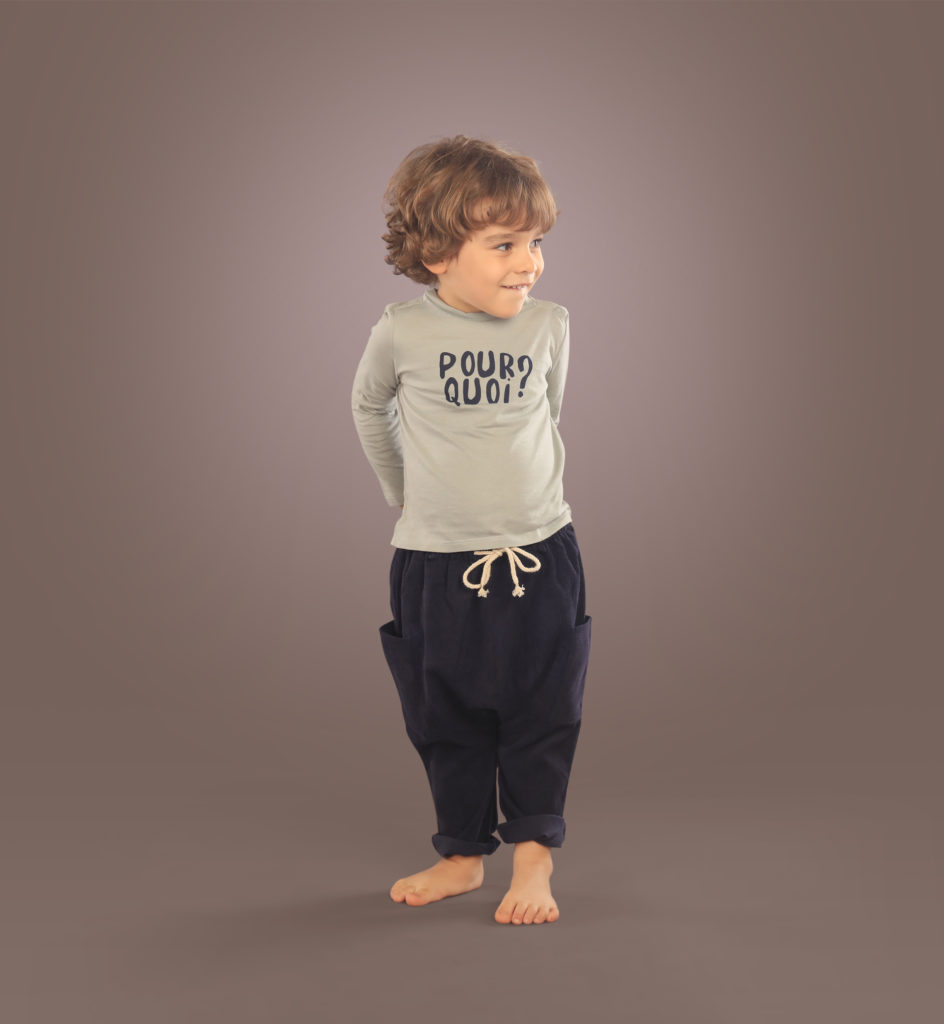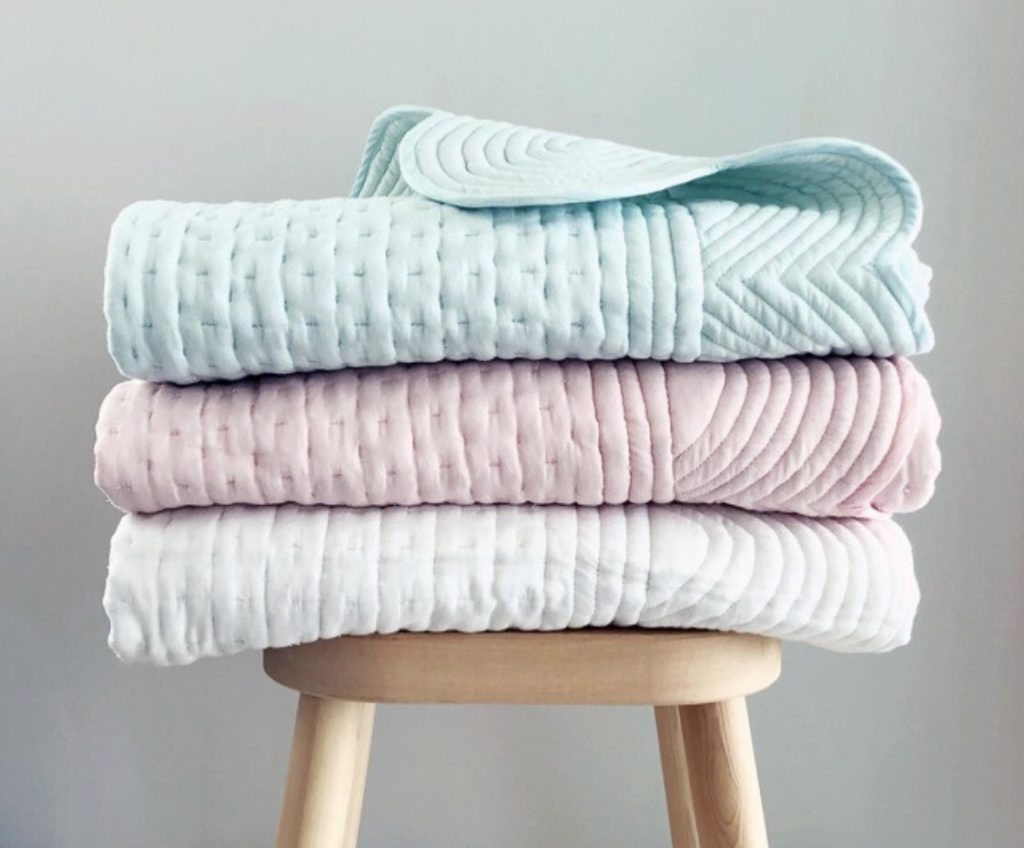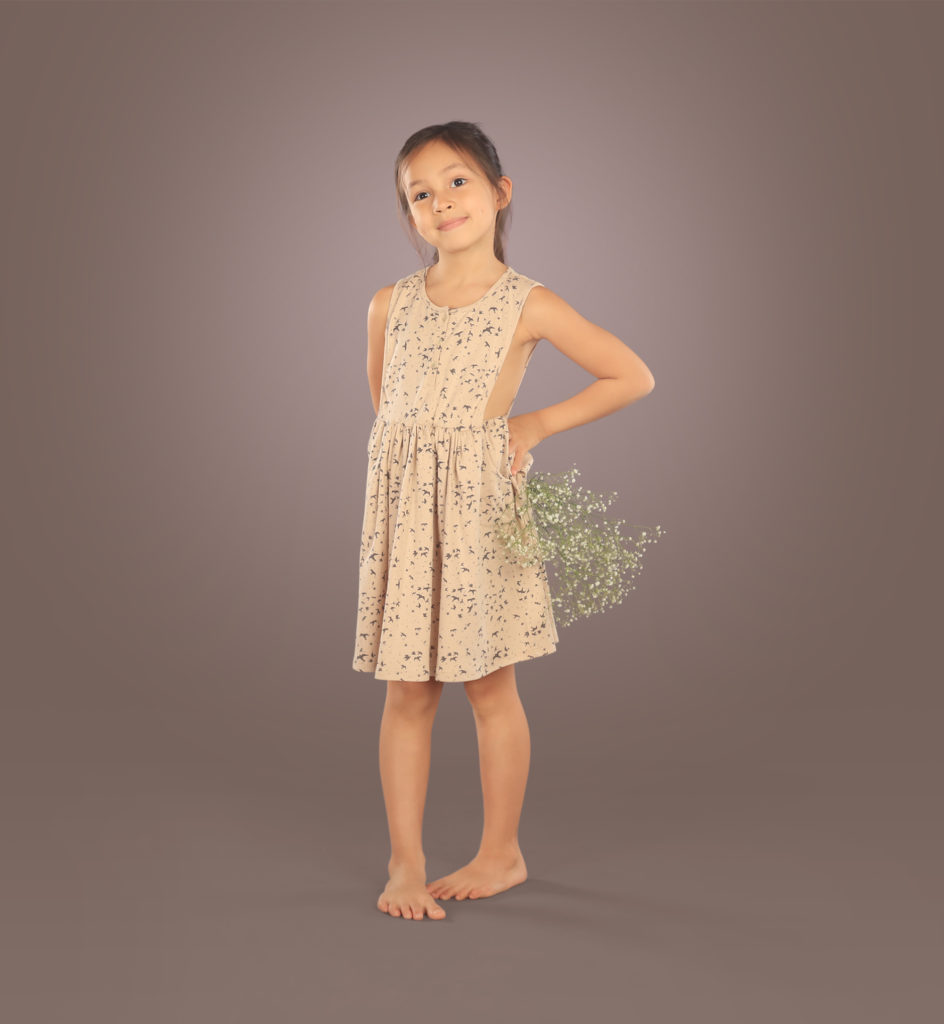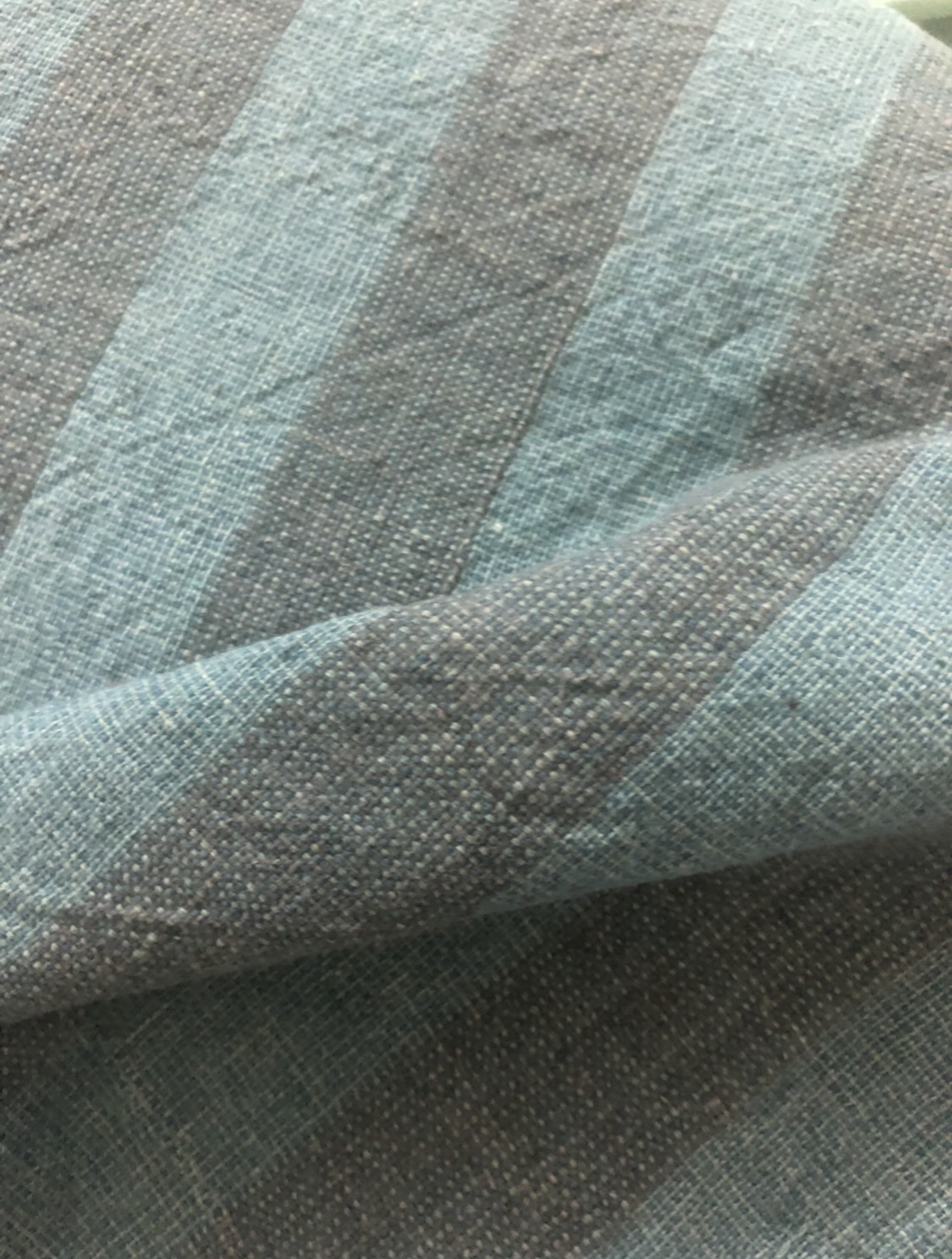Organic fabrics are making a sure and steady mark across all kinds of apparel in India and they also have a global appeal being a favourite with exports too.
Organic textiles are grown with no pesticides, herbicides or chemicals using natural fertilizers. Usually they are certified by an agency and 95% of the fabric contains organic fabric, it is called organic. Other than Organic Cotton, the new organic fabrics that are tending are eco-friendly Bamboo, Hemp, Ramie and Tencel.
Natural Advantage
Hemp, linen, bamboo and ramie are eco-friendly fibers which are used by most of the designers these days to prepare garments. “Organic fabrics are grown using methods and materials that have a low impact on the environment,” says Anand Saraf, CEO & Owner, Verse. Chirag Tekchandaney, Co-founder and Director, B-Label avers, “the acceptance of organic fabrics is picking up significantly in India. We are seeing hemp being used more and more, while there is also a rise in the use of bamboo fibers. Also, the higher quality, organic cotton called Supima cotton has gained popularity in recent years. There has been a rise in the awareness about the impact we have on the planet and that it is not at all sustainable in the long term as we are consuming more and more resources and not thinking about the impact that it will have on the earth.”

Earth Connect
Even though the availability and concept of Natural fabrics is centuries old, the idea and conviction of organic fabric is relatively new. Organic fabrics are typically those fabrics, which are made out of materials which are grown within the organic agriculture compliance, in simpler terms – with low impact to our environment. “The focus has shifted from mass production to conscious business and conscious production. The main reason for Organic fabrics to take center stage is its low impact on our environment and ecosystem. These fabrics are naturally non allergic, softer and have a safer texture for all skin types, besides being more strong and durable,” says Anjali Sharma, Founder & Designer, Bacca Clothing India Pvt. Ltd. In India there is an urgent need for a shift towards ecologically and financially sustainable cotton. Organic cotton is that emerging narrative which can bring sustainable and regenerative practices which indicates moving away from the current predominantly monocultural and intensive approach. “Organic Cotton is becoming increasingly popular by means of recycling and upcycling it in the apparels creating androgyny clothing. With its high environmental benefits, organic fabrics have an integral part of the growing agricultural movement. These products not only ensure minimum damage to the environment, but also exclude usage of harmful chemicals,” says Aditya Jain, Founder & CEO, YAJY. Vikash Pacheriwal, Co-Founder Raisin adds, “organically grown cotton and muslin are being adopted by brands to make up sustainable clothing. Fish scales and scraps of fabrics are being used to generate all sorts of products ranging from dresses to scarves to bags. Although Khadi is not a new fabric it has been garnering a lot of eyeballs and is being revived in various forms one of them being khadi denim.”

Cost Factor
Organic fabrics take time for the entire fabric/yarn to be created and the colours used are natural pigments which take longer to dye the fabrics too. Mansi Gupta, Co-founder & CEO, Tjori says, “the quality of a highly efficiently grown crop with organic land certification, extra care after natural fertilization and curation all adds up to extra toil and trouble and hence a slightly higher price, the apparel industry after creating tons of pollution has finally come up with solutions to cater to the problems of environmental damage and if this comes with a slightly higher price to pay, I believe they are justified.” Poonam Naik, Founder, Peekaboo avers, “although the organic and natural clothing are expensive than conventional clothing, the price gap will start to shrink as the market size of natural clothing grows and the economies of scale improve. The benefits far outweigh the high price. Organic fabric contains a minimum of 70% organic fibres and all dyes and treatments have to meet stringent criteria like being free of formaldehyde, PVC along the entire organic textiles supply chain. This means the end product that we get is soft, breathable, and free of hazardous chemicals.” The apparel manufactures justify the higher price of these kind of garments is through an eco-friendly and sustainable production of raw material to finished product. Arpit Srivastava – Marketing & Branding, South Asia – Lenzing Group adds, “while Tencel fibers do have a higher price range as compared to general fibers, offer premium features like durability, colour retention and smooth feel. Ecovero is as competitive as regular viscose making it a perfect bid for the Indian market.”
Crossing Hurdles
The biggest challenge with organic fabrics is with regards to its market share which is concentrated in the metropolitan cities. Elodie Le Derf, Co- Founder & Head Designer, Born, a baby and kids wear label says, “the challenges are multiple especially for small brands and startups. It starts with suppliers because for them to be profitable and to make the best use of their machines they require certain minimum of quantities which small brands can’t always match. Another issue is that today there is a lot of fraud and “fake” organic cotton and it’s practically impossible to have a clarity and transparency on the whole chain of production the best is to work with companies which are Global Organic Textile Standard (GOTS) certified and there are quite a lot in India.” The transition period for a field to be transformed to organic from conventional deters farmers from becoming organic. Padma Kapoor, Director, Link Clothing India Pvt. Ltd. says, “organic seeds are not available and hence difficult to distribute to farmers. There is limited supply of cotton as not many farmers are undertaking organic methods to grow cotton. Consumer awareness is not that wide-spread which affects sales of organic garments.”

Contemporary Cues
Recycling and upcycling are two of the biggest trends of the year. There is also a rise in brands just trying and experimenting with even newer organic materials like fabric made from the eucalyptus trees, which is a great sign for other sustainable brands, the environment and the people trying to be as sustainable as possible. Banana fibre is a great vegan alternative to silk because of its inherent shine, but it can also be used to make cotton or taffeta; pineapple leaves are processed and transformed into mesh like leather resulting into an alternative textile for slow fashion. Organic fashion consciousness has challenged the stereotypes and has paved a way for unconventional style statements. “To pick an example, linen the fabric that was extensively used in men’s clothing initially, made its debut in the closet of women in the form of dresses and today linen sarees are a rage. Likewise the fabrics evolve into making successful trends. Muslin is another gentle organic cotton known for its supple behaviour and cooling benefits. Organic khadi is the khadi of today’s India,” says Kashmira Sudrik, Owner and Founder of Kashmiras Boutique. With the increase in the demand for organic fabrics brands are adopting these fabrics for their production. “I think we will begin to see Organics being used more in daily wear garments. Organic will become more visible, more used, especially by small indie-brands. If you give customers the choice, they will always choose correctly. I think we will see more brands making the switch. Especially brands that have a children’s wear line,” says Steven Jhangiani, CEO & Founder Kurtees. Organic fabrics are gaining a lot of popularity amongst the masses due to its many benefits. Not only the clothes made out of organic fabric suit the skin and are supremely comfortable but also look quite elegant. In all, organic fashion is here to stay with the balance of people, planet and profit.
This story first appeared in Apparel Magazine’s October 2019 issue here:
